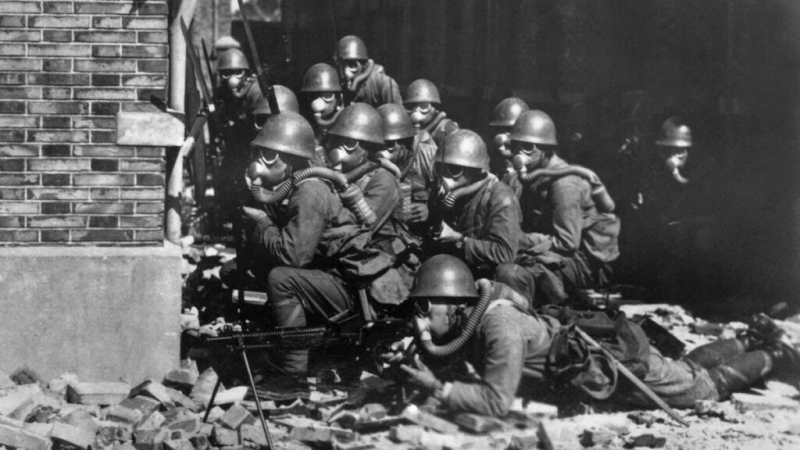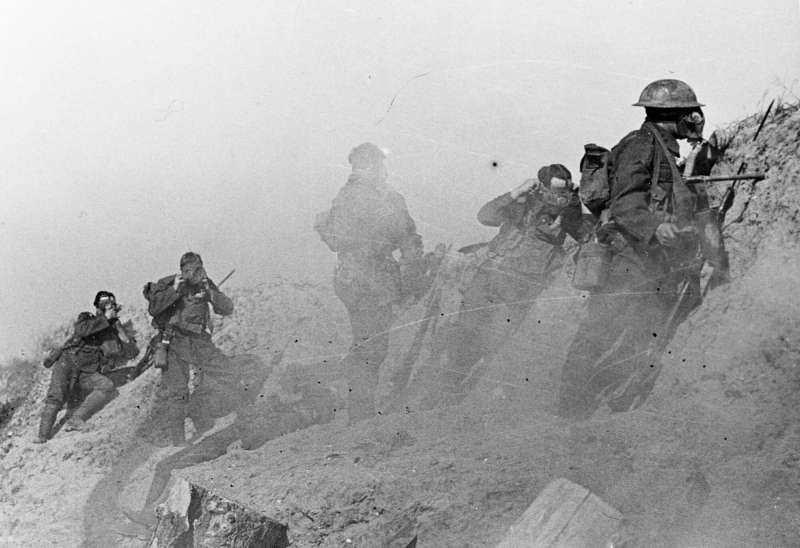Chemical Warfare
Several types of chemical agents have been developed into weapons since World War I. Choking agents, blister agents, blood agents, nerve agents, incapacitants, riot-control agents, and herbicides are only a few examples. Chemical weapons are any of several chemical substances, most of which are poisonous chemicals, that are used to kill, damage, or incapacitate hostile people. Chemical weapons were first employed in modern warfare during World War I (1914–18) when gas warfare caused more than one million fatalities among troops and killed an estimated 90,000 civilians.
World War I pitted powerful nations against one another, ushering in a slew of new technical developments on the battlefield. As a result, sophisticated artillery, machine guns, and airplanes were introduced. The French used tear gas grenades to keep the German forces at bay, but they were unable to retain them since the Germans possessed the most powerful thick chlorine gas at Ypres. Both sides took up the gas canisters with nastier and newly created strains to hurry up.
Mustard gas was the most effective of all the gases. It was difficult to detect and might result in temporary blindness. Mustard gas caused burned skin and vomiting in some persons, but it generally killed them. Chemical Warfare emerged as a result of World War I, and it has remained one of the most problematic forms of warfare ever since.












